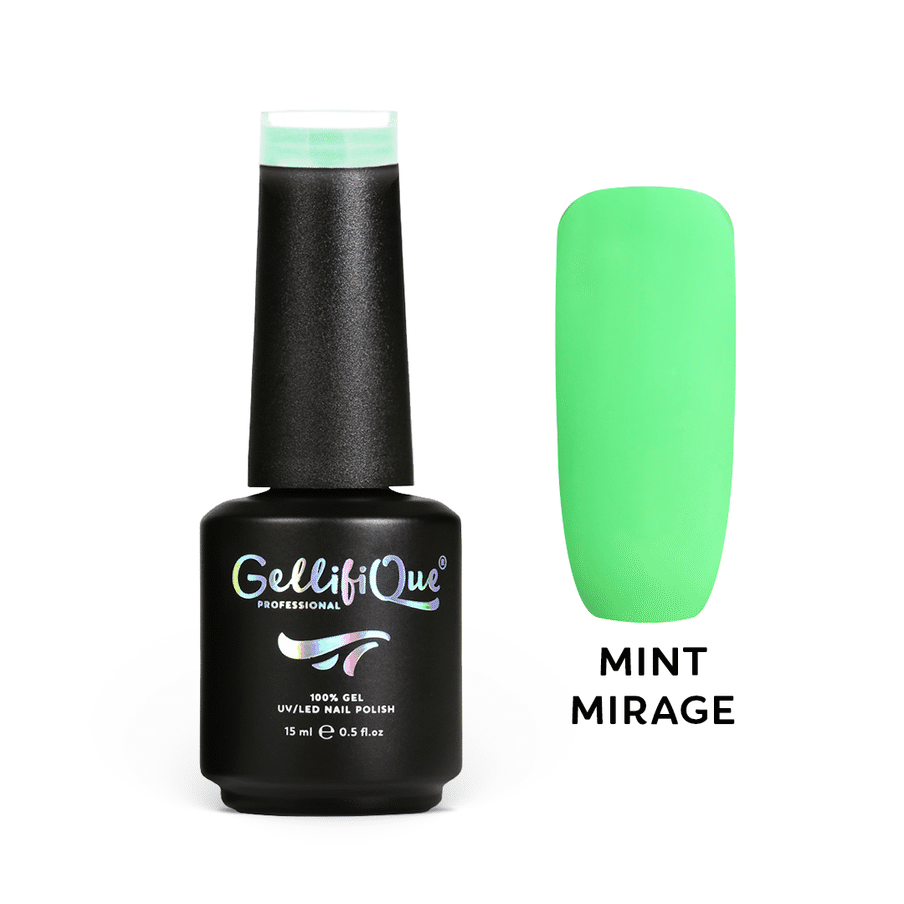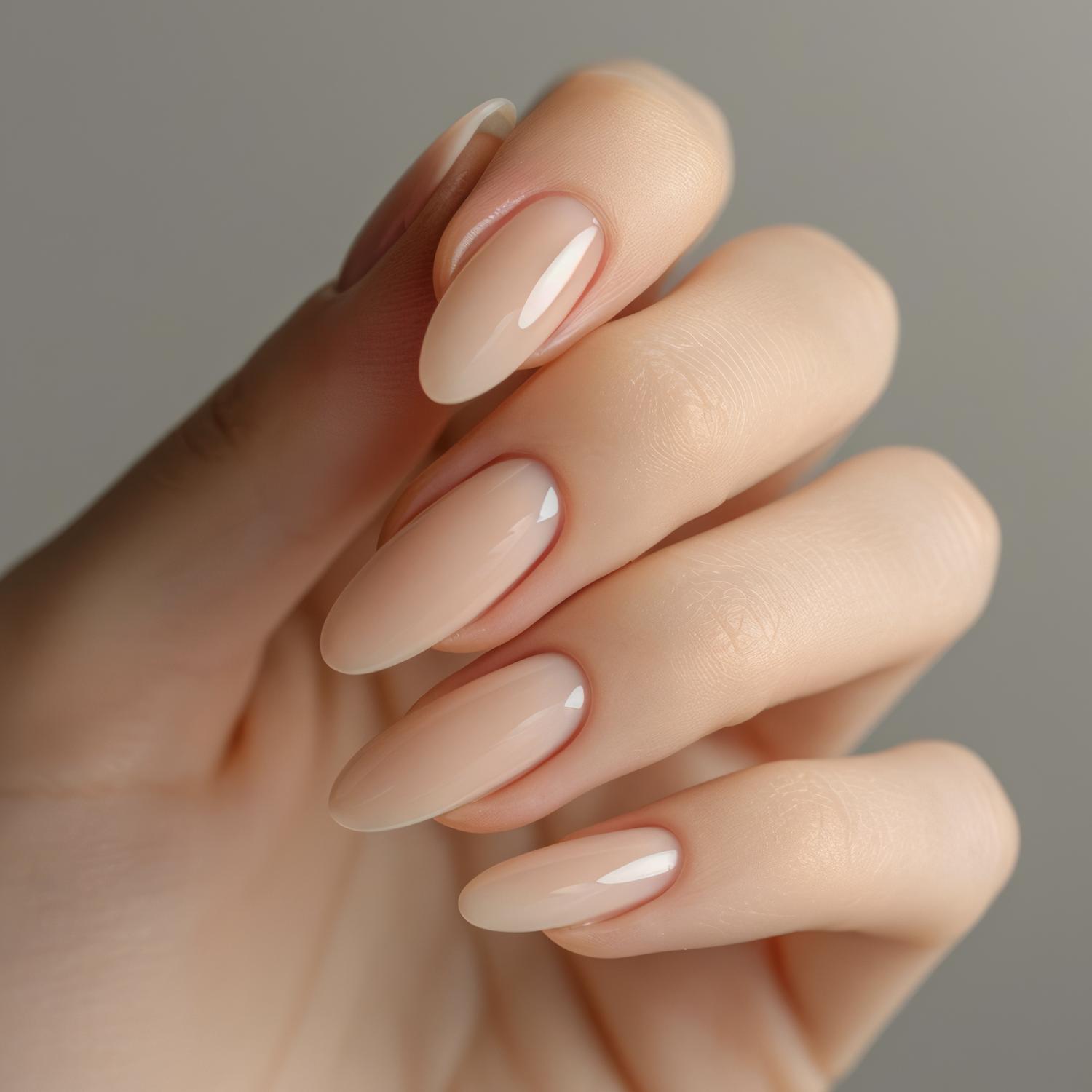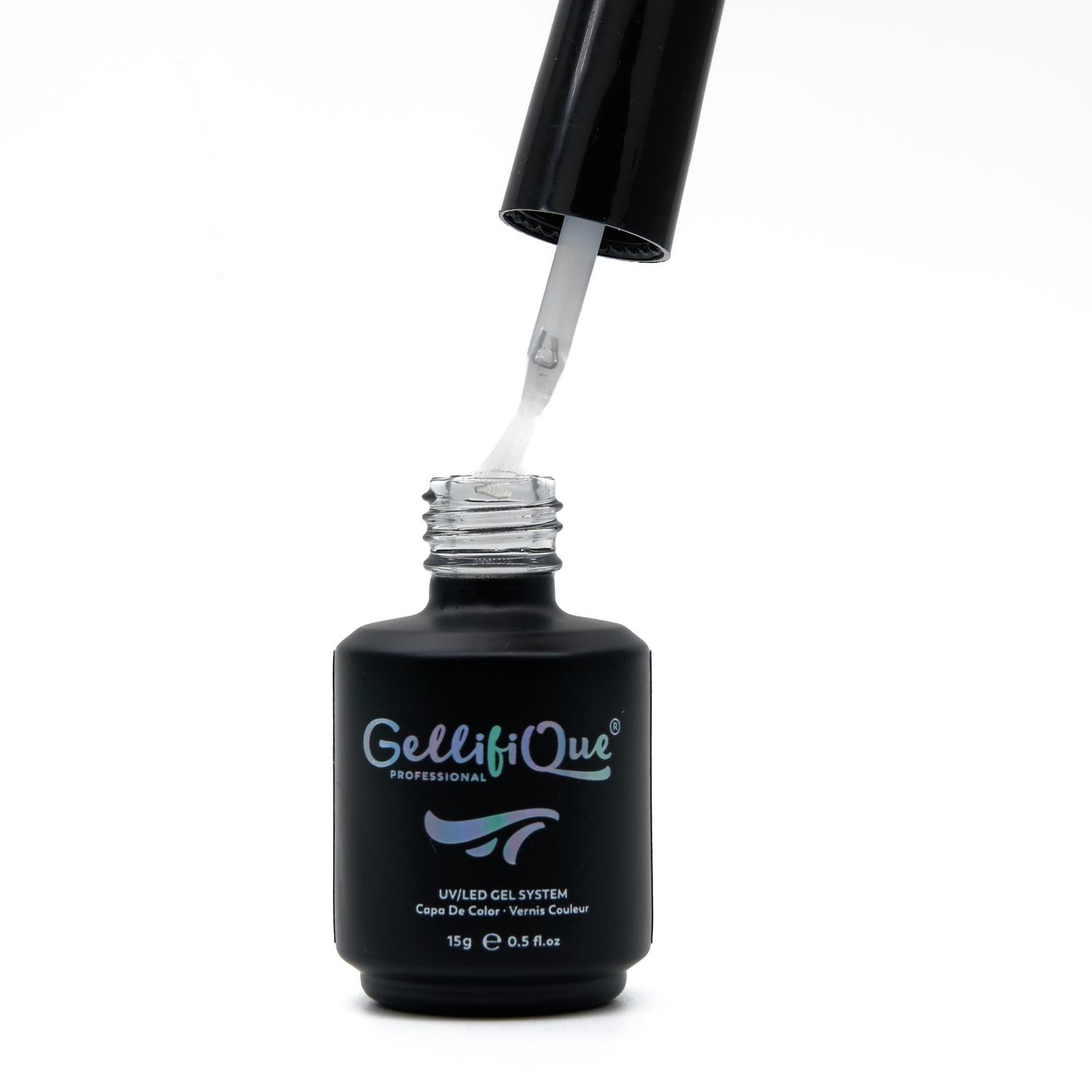Acid Primers vs Acid Free Primers
When it comes to safer formulated products, there are two branches: the chemical formulation of the product and the anatomy of the natural nail.
It is generally accurate to argue that acid-based primers containing methacrylic acid can be corrosive to the skin around the nail but not necessarily to the nail plate itself. The nail plate is primarily composed of keratin, a protein that is less reactive to acids compared to skin tissue.
However, it's essential to exercise caution and not assume that prolonged exposure to acid-based primers will have no effect on the nail plate. While short-term exposure during the nail enhancement process may not cause noticeable damage to the nail plate, prolonged or repeated exposure could potentially weaken and dehydrate the nail plate over time, leading to issues such as brittleness or delamination.
This is especially true when these primers are also used alongside other products with high adhesion, regular soak-offs with acetone, and/or incorrectly performed e-file product removals. For these reasons, we always try to err on the side of caution.
Why use an Acid Primer when there are plenty of Acid-Free Primer formulations available, which utilise methacrylic acid derivatives instead of direct acrylic and methacrylic acids? These alternatives in the form of Acid Free Primers also provide great adhesion and are more pleasant to use in general.
There is a popular argument online about soaking a piece of nail clipping in acid-based primer for months without altering its condition. This may be true in a controlled experiment, but it's important to remember that nails in real-life scenarios, within our salon spaces, are subjected to various environmental factors and mechanical stresses that could exacerbate any potential damage caused by prolonged exposure to acids.
The traditional methacrylic acid-based primers are often described as having "two arms or branches" that chemically react to anchor enhancements to the nail plate. However, likening it to double-sided sticky tape oversimplifies the process. While the primer helps prevent lifting, it's not the same as sticky tape. Its primary function is to create a bond between the natural nail and the enhancement material.
How many ways do we know to create a bond between a nail and gel enhancement? That's right, only one: by increasing surface adhesion. And how do we do that? By roughening up the nail surface, some call it reducing the shine. So can it really be argued that an acid, which can be corrosive to the skin with actual burns, will not have any effect on the nail plate? All primers typically create the bond with the natural nail by etching the nail surface with various acidic components such as methacrylic acid, or other types of monomers or solvents that can create a mild chemical reaction with the nail surface.

PREP AND PRIME SYSTEM - £17.98Nail Dehydrator and gentle Acid Free Primer Duo BUY NOW |
But it's not just primers; additionally, some nail dehydrators or prep solutions may also contain ingredients like alcohol or acetone, which can help to remove oils and contaminants from the nail surface, thus increasing its roughness or porosity and improving adhesion.
So, going back to our point about "real nail life scenarios within our nail spaces" versus controlled lab experiments, let's exercise more caution when using solutions and priming agents that do not "eat away" at nails but can have a severe dehydrating effect, making nails more brittle and prone to damage. In our opinion, always taking a preventative approach is a professional and responsible thing to do.
New & Back in Stock

CLARITY - £16.50Back in stock. BUY NOW |

MINT MIRAGE - £10.99Whether you are looking for zesty spring shade, nude or pink we have something for you in our latest arrivals section. |

